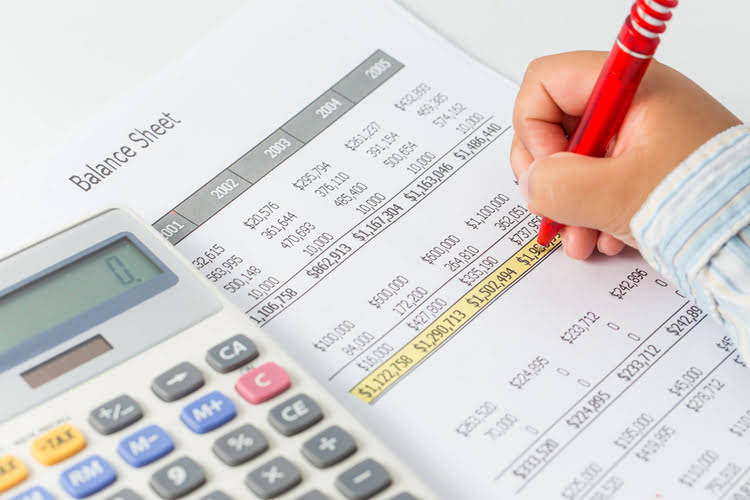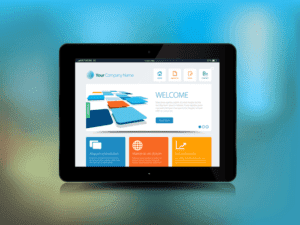
Managerial accounting is a specialized type of accounting with functions and tasks that differ from financial accounting. As a managerial accountant, you’ll analyze an organization’s internal financial processes to help company leaders make strategic decisions and plans. In this article, learn about managerial accounting, the different types, the education requirements, and how to enter this career field. Managerial accountants analyze and relay information related to capital expenditure decisions. This includes the use of standard capital budgeting metrics, such as net present value and internal rate of return, to assist decision-makers on whether to embark on capital-intensive projects or purchases.
Decision-making
All three boat lines are profitable, but the pontoon boat line seems to be less profitable than the other two types of boats. Management may want to consider abandoning the pontoon line and using that additional capacity to produce one of the other more profitable lines. They would need detailed financial information in order to make such a decision. The goal is to use the budget to help make short-term operational decisions that will help increase the company’s operational efficiency. Costs that are not related to the production of goods are called non-manufacturing costs. These costs have two components—selling costs and general and administrative costs—which are described next.

7 How Product Costs Flow through Accounts
Table 1.4 “Accounts Used to Record Product Costs” summarizes the accounts used to track product costs. Figure 1.6 “Flow of Product Costs through Balance Sheet and Income Statement Accounts” shows how product managerial accounting costs flow through the balance sheet and income statement. Your understanding of them will help clarify how product costs flow through the accounts and where product costs appear in the financial statements.
Product Costs on the Income Statement
The balance in Sedona Company’s raw materials inventory account was $110,000 at the beginning of September and $135,000 at the end of September. This company is a mid-sized company with $30,000,000 in revenues, although some would argue that this is a small company. Going to an ERP system is probably not appropriate if management is simply looking for a few reports beyond what most financial accounting systems can provide. Imagine the work involved if you did not use a computer but instead had to write the information down by hand. If there were any changes to the information, you would have to make time-consuming calculations, and once the data were finalized, you would be faced with the manual preparation of formal reports. With the relatively recent advances in business technology, the days of preparing information manually are over.
- The positive or negative deviations from a budget also referred to as budget-to-actual variances, are analyzed in order to make appropriate changes going forward.
- It helps make more informed decisions regarding resource allocation and process improvements.
- For example, sales commissions and shipping costs for a specific product could be assigned to the product.
- For example, indirect expenses like rent and utilities may need to be distributed among different cost centers.
What is the Purpose of Management Accounting?

In capital budgeting, you have to consider how long-term projects or plans are evaluated, funded, and measured to ensure maximization of wealth. Small businesses don’t have large coffers so being wise about significant investments is an important thing to consider in managing small business funds. Evaluating performance also involves determining the areas where performance can be evaluated properly. By using responsibility accounting as a tool for performance evaluation, small business owners can evaluate managers in areas that they control.
- Managerial accountants help determine where bottlenecks occur and calculate the impact of these constraints on revenue, profit, and cash flow.
- Management accounting focuses on providing information for internal decision-making purposes, is not governed by standard rules or formats, and can include non-financial information.
- Analyzing historical financial data and forecasting future trends empowers you to set realistic and achievable budgets that align with the company’s objectives.
- You can compare the manager’s ROI with the company’s standard ROI as a point of comparison.
- In determining cost behavior, you have to first look at the relevant range or the minimum and maximum amount of activity.
- PepsiCo, Inc., produces more than 500 products under several different brand names, including Frito-Lay, Pepsi-Cola, Gatorade, Tropicana, and Quaker.
Performance Evaluation and Variance Analysis
Managerial accounting also involves reviewing the trendline for certain expenses and investigating unusual variances or deviations. It is important to review this information regularly because expenses that vary considerably from what is typically expected are commonly questioned during external financial audits. This field of accounting also utilizes previous period information to https://www.bookstime.com/ calculate and project future financial information. This may include the use of historical pricing, sales volumes, geographical locations, customer tendencies, or financial information. Budgets are extensively used as a quantitative expression of the company’s plan of operation. Managerial accountants utilize performance reports to note deviations of actual results from budgets.
- For Custom Furniture Company, this account includes items such as wood, brackets, screws, nails, glue, lacquer, and sandpaper.
- Accounts receivable (AR) is the money owed to a company for a product or service bought on credit.
- Financial leverage refers to a company’s use of borrowed capital in order to acquire assets and increase its return on investments.
- Variance analysis is a powerful tool for performance evaluation and continuous improvement.
- This is because it helps small business owners and managers make rational and informed decisions for major and minor business undertakings.
- Managerial accountants need to analyze various events and operational metrics in order to translate data into useful information that can be leveraged by the company’s management in their decision-making process.
- As discussed previously, not all evaluations will involve quantitative or financial measures.
